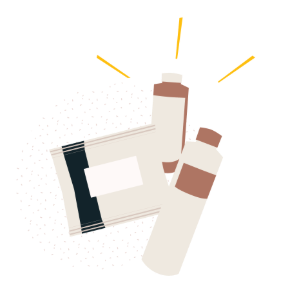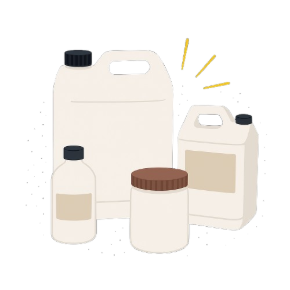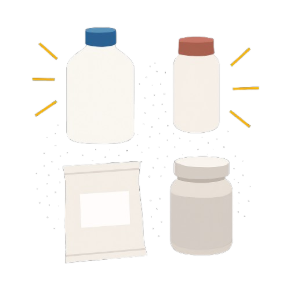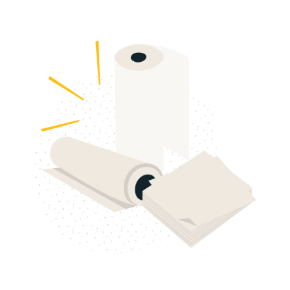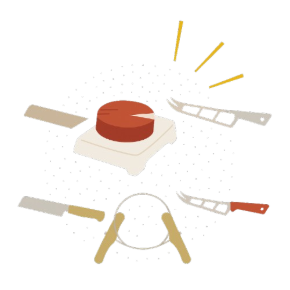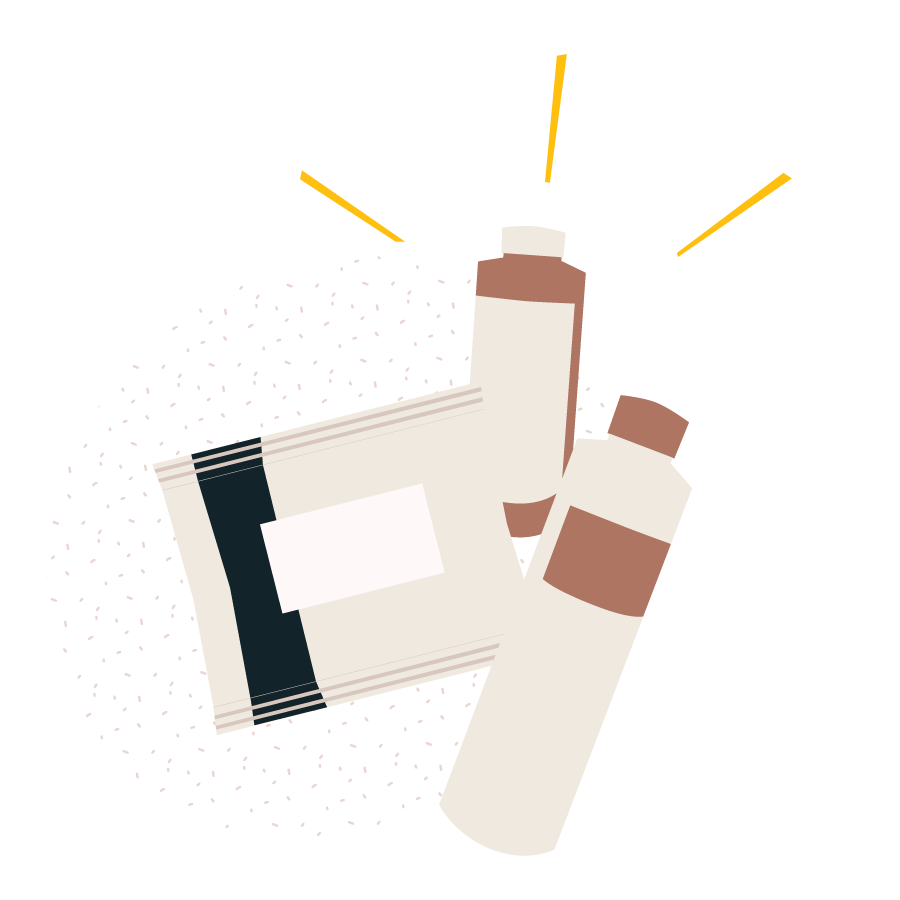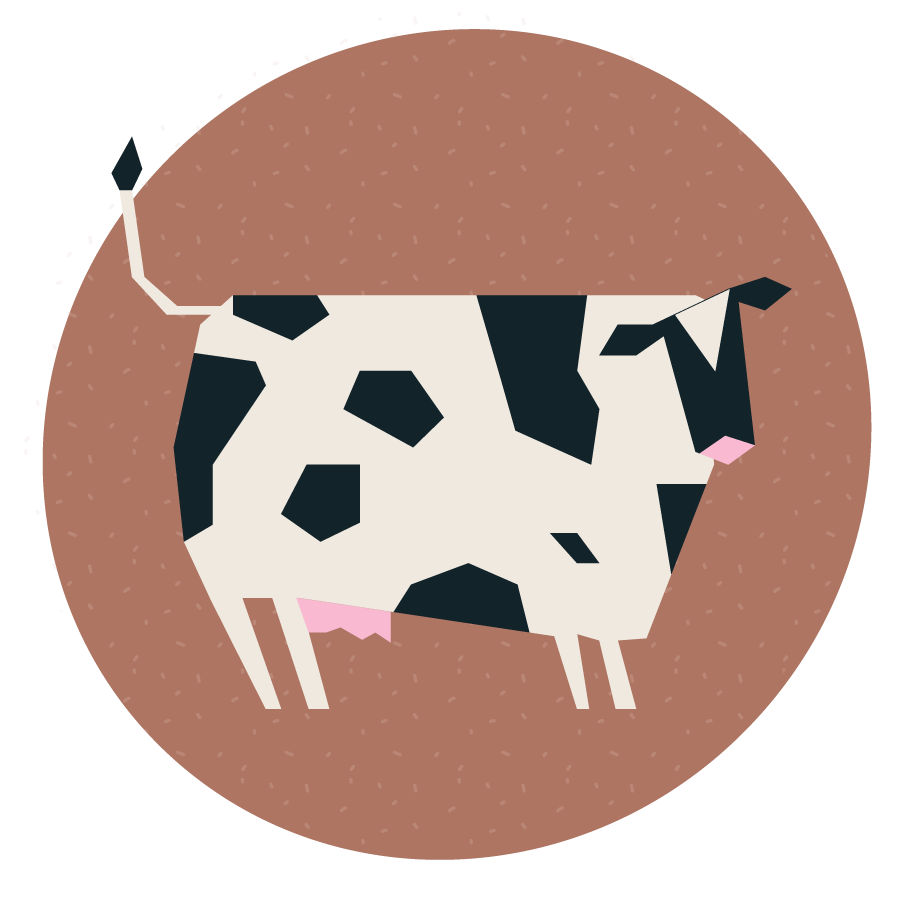You’ve mastered the art of fresh cheese and are looking for a new challenge? Aging (affinage) is made for you.
Aging is undoubtedly the most complex step in cheese making. It's during this phase that the flavors and unique characteristics of the cheese are developed. This is a complex biochemical process that transforms delicate fresh cheeses into rich, flavorful creations.
Let’s take a look ...

